Home>Gardening & Outdoor>Landscaping Ideas>What Is Too Hot For Grass Seed
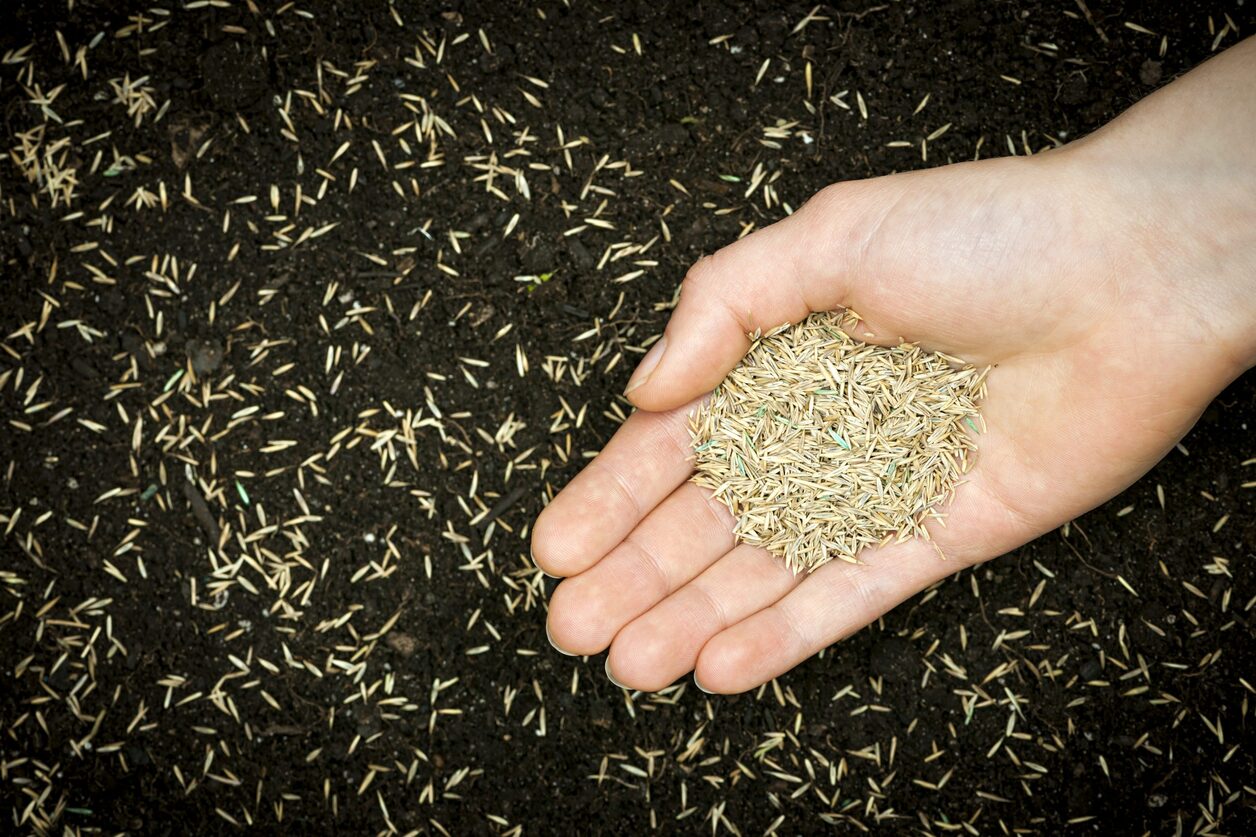

Landscaping Ideas
What Is Too Hot For Grass Seed
Modified: February 18, 2024
Discover the best landscaping ideas for areas with extreme heat and learn what is too hot for grass seed. Create a thriving lawn with our expert tips and advice.
(Many of the links in this article redirect to a specific reviewed product. Your purchase of these products through affiliate links helps to generate commission for Storables.com, at no extra cost. Learn more)
Ideal Temperature for Grass Seed Germination
Grass seed germination is a delicate process that requires the right environmental conditions to thrive. One of the most critical factors influencing the success of grass seed germination is the temperature of the surrounding environment. Understanding the ideal temperature range for grass seed germination is essential for anyone looking to establish a lush and healthy lawn.
Optimal Temperature Range
The ideal temperature for grass seed germination typically falls within the range of 50 to 65 degrees Fahrenheit (10 to 18 degrees Celsius). Within this temperature range, grass seeds can efficiently absorb moisture and nutrients from the soil, kickstarting the germination process. Cool-season grasses, such as Kentucky bluegrass, fescue, and ryegrass, tend to germinate best at the lower end of this range, around 50 to 60 degrees Fahrenheit (10 to 15 degrees Celsius). On the other hand, warm-season grasses, like Bermuda grass and Zoysia grass, prefer slightly higher temperatures, typically around 60 to 70 degrees Fahrenheit (15 to 21 degrees Celsius).
Impact of Temperature Fluctuations
While the ideal temperature range for grass seed germination is well-defined, it's important to note that fluctuations in temperature can significantly impact the germination process. Sudden spikes in temperature, especially excessive heat, can hinder germination and lead to poor seedling establishment. Conversely, prolonged exposure to temperatures below the ideal range can delay germination and leave the seeds vulnerable to diseases and pests.
Consideration for Soil Temperature
When assessing the temperature for grass seed germination, it's crucial to consider the soil temperature as well. Soil temperature tends to lag behind air temperature changes, so even if the air temperature is within the optimal range, the soil may take some time to reach the ideal conditions for germination. Using a soil thermometer can provide accurate insights into the soil temperature, aiding in determining the best time for seeding.
Adapting to Regional Climates
Understanding the ideal temperature for grass seed germination is just the beginning. It's equally important to consider the regional climate and the specific grass species being cultivated. Different regions experience varying temperature patterns, and certain grass species are better suited to specific climates. By selecting grass varieties that align with the local climate and temperature conditions, homeowners and landscapers can maximize the success of their seeding efforts.
In essence, the ideal temperature for grass seed germination serves as a foundational element in establishing a thriving lawn. By paying close attention to temperature ranges, monitoring soil conditions, and selecting suitable grass species, individuals can set the stage for successful germination and the lush, vibrant lawn they desire.
Key Takeaways:
- Grass seeds thrive best in temperatures between 50-65°F, absorbing moisture and nutrients efficiently. Consider soil temperature and regional climate when seeding for optimal success.
- High temperatures hinder grass seed germination, causing delayed growth, vulnerability to diseases, and dry soil. Protect seeds with mulch, shade, and heat-tolerant varieties.
Read more: When Is It Too Hot To Water Grass
Effects of High Temperatures on Grass Seed
High temperatures can have detrimental effects on the germination and establishment of grass seed, posing significant challenges to the successful cultivation of a healthy lawn. When exposed to excessive heat, grass seeds encounter various obstacles that impede their ability to sprout and develop into robust seedlings. Understanding the specific effects of high temperatures on grass seed is crucial for implementing proactive measures to mitigate potential damage and optimize the germination process.
-
Reduced Water Absorption: High temperatures can lead to rapid evaporation of moisture from the soil, creating a parched environment that inhibits the absorption of water by grass seeds. Without adequate moisture, the seeds struggle to initiate the germination process, stalling their growth and vitality.
-
Increased Vulnerability to Drought Stress: Excessive heat can exacerbate drought conditions, subjecting grass seeds to heightened stress and dehydration. This can compromise the seeds' viability and resilience, making them more susceptible to damage and reducing their capacity to withstand environmental challenges.
-
Risk of Desiccation: Prolonged exposure to high temperatures can desiccate grass seeds, causing them to lose essential moisture and vital nutrients. Desiccation hinders the metabolic processes crucial for germination, hindering the seeds' ability to develop and establish healthy root systems.
-
Impact on Seedling Survival: High temperatures can impede the development of robust seedlings, leading to weakened and fragile growth. This can compromise the overall health and longevity of the grass, diminishing its ability to thrive and endure environmental stressors.
-
Susceptibility to Disease and Pest Infestation: Heat-stressed grass seeds are more susceptible to diseases and pest infestation, further jeopardizing their chances of successful germination and establishment. Weakened by high temperatures, the seeds become more vulnerable to harmful pathogens and destructive pests, undermining their potential for healthy growth.
In light of these effects, it becomes evident that high temperatures pose significant challenges to the successful germination and establishment of grass seed. By recognizing these potential obstacles, individuals can take proactive measures to protect grass seeds from the adverse impacts of excessive heat, ultimately fostering optimal conditions for successful germination and the cultivation of a vibrant, resilient lawn.
When planting grass seed, avoid sowing in temperatures above 85°F (29°C) as it can hinder germination. Wait for cooler weather to ensure successful growth.
Signs of Overheating in Grass Seed
Identifying the signs of overheating in grass seed is crucial for gauging the impact of high temperatures and implementing timely interventions to safeguard the germination process. As grass seeds are particularly sensitive to excessive heat, being able to recognize the indicators of overheating is essential for preserving their viability and promoting successful germination. Here are the key signs to watch for:
-
Delayed Germination: One of the primary signs of overheating in grass seed is delayed or inhibited germination. When exposed to high temperatures, seeds may struggle to initiate the germination process within the expected timeframe. This delay can manifest as a lack of visible sprouting or slow, uneven emergence of seedlings, indicating the adverse effects of overheating on the germination timeline.
-
Uneven Growth Patterns: Overheated grass seeds may exhibit irregular and patchy growth patterns, with some areas of the lawn displaying stunted or sparse vegetation. This uneven growth is indicative of the seeds' struggle to establish and thrive in the face of excessive heat, highlighting the need for intervention to rectify the imbalanced development.
-
Brittle or Discolored Seedlings: High temperatures can lead to the development of brittle, discolored, or weak seedlings, signaling the impact of overheating on the health and vitality of the emerging grass. Brittle seedlings are more susceptible to damage and less capable of withstanding environmental stressors, underscoring the urgency of addressing the overheating issue to promote the robust growth of the grass.
-
Increased Susceptibility to Diseases: Overheated grass seeds are more prone to diseases and infections, as the stress induced by high temperatures weakens their natural defenses. Signs of fungal growth, discoloration, or unusual lesions on the seedlings can indicate the onset of diseases exacerbated by overheating, necessitating prompt intervention to mitigate the spread and impact of these ailments.
-
Excessive Soil Dryness: Overheating often leads to rapid soil moisture evaporation, resulting in excessively dry and arid conditions that hinder the germination and growth of grass seeds. Observing the soil for signs of extreme dryness, such as cracking or hardened surfaces, can provide valuable insights into the impact of overheating on the soil moisture levels and the subsequent implications for seed germination.
By recognizing these signs of overheating in grass seed, individuals can take proactive measures to address the underlying issues and create a more conducive environment for successful germination. Monitoring the development of grass seedlings and responding to the early indicators of overheating is essential for preserving the viability and health of the emerging grass, ultimately contributing to the establishment of a lush and resilient lawn.
Tips for Protecting Grass Seed from Excessive Heat
Protecting grass seed from excessive heat is paramount for ensuring successful germination and the establishment of a healthy, vibrant lawn. Implementing proactive measures to shield grass seeds from the adverse effects of high temperatures is essential for preserving their viability and promoting robust growth. Here are valuable tips for safeguarding grass seed from excessive heat:
-
Optimal Seeding Time: Timing is crucial when it comes to seeding grass in hot climates. Opt for early fall or early spring for seeding, as these seasons typically offer milder temperatures that are conducive to successful germination. By avoiding the peak of summer heat, grass seeds can establish themselves more effectively, setting the stage for lush and resilient growth.
-
Mulch Application: Applying a layer of organic mulch, such as straw or wood chips, over the seeded areas can provide insulation and moisture retention, shielding the grass seeds from the direct impact of excessive heat. Mulch helps regulate soil temperature, prevent rapid moisture evaporation, and create a protective barrier that promotes optimal conditions for germination.
-
Regular Watering: Maintaining adequate soil moisture is essential for protecting grass seed from overheating. Implement a consistent watering schedule, ensuring that the soil remains evenly moist without becoming waterlogged. Deep, infrequent watering sessions are preferable to frequent shallow watering, as they encourage the development of robust root systems that can better withstand heat stress.
-
Shade Provision: Introducing temporary shade structures, such as lightweight fabric or shade cloth, over the seeded areas can mitigate the impact of direct sunlight and excessive heat. These shade solutions offer a respite from intense heat, creating a more favorable microclimate for the grass seeds to germinate and thrive.
-
Soil Temperature Monitoring: Utilize a soil thermometer to monitor the temperature of the soil, ensuring that it remains within the optimal range for germination. By staying vigilant about soil temperature fluctuations, you can make informed decisions about when to water, apply mulch, or implement shade solutions to counteract the effects of excessive heat.
-
Selection of Heat-Tolerant Varieties: When seeding in hot climates, consider using grass seed varieties that are specifically bred to withstand high temperatures and thrive in challenging environments. Heat-tolerant grass species, such as certain types of Bermuda grass and Zoysia grass, exhibit greater resilience to heat stress, increasing the likelihood of successful establishment.
-
Adequate Soil Preparation: Prior to seeding, ensure that the soil is well-prepared to support optimal germination and growth. Adequate soil aeration, proper pH levels, and the incorporation of organic matter can enhance the soil's capacity to retain moisture and provide a nurturing environment for the grass seeds, mitigating the impact of excessive heat.
By implementing these proactive measures, individuals can effectively protect grass seed from excessive heat, fostering an environment that is conducive to successful germination and the cultivation of a lush, resilient lawn. These strategies empower homeowners and landscapers to mitigate the challenges posed by high temperatures, ultimately contributing to the establishment of a thriving and visually appealing grassy landscape.
Frequently Asked Questions about What Is Too Hot For Grass Seed
Was this page helpful?
At Storables.com, we guarantee accurate and reliable information. Our content, validated by Expert Board Contributors, is crafted following stringent Editorial Policies. We're committed to providing you with well-researched, expert-backed insights for all your informational needs.

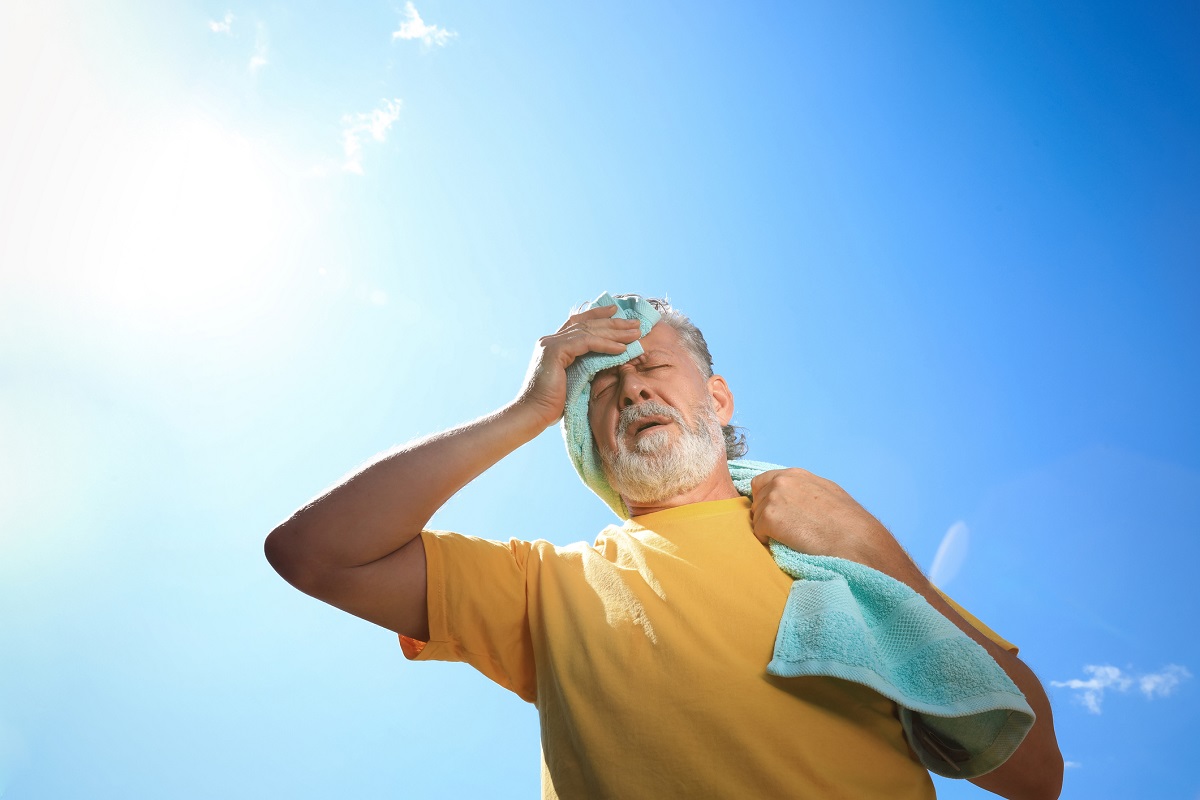
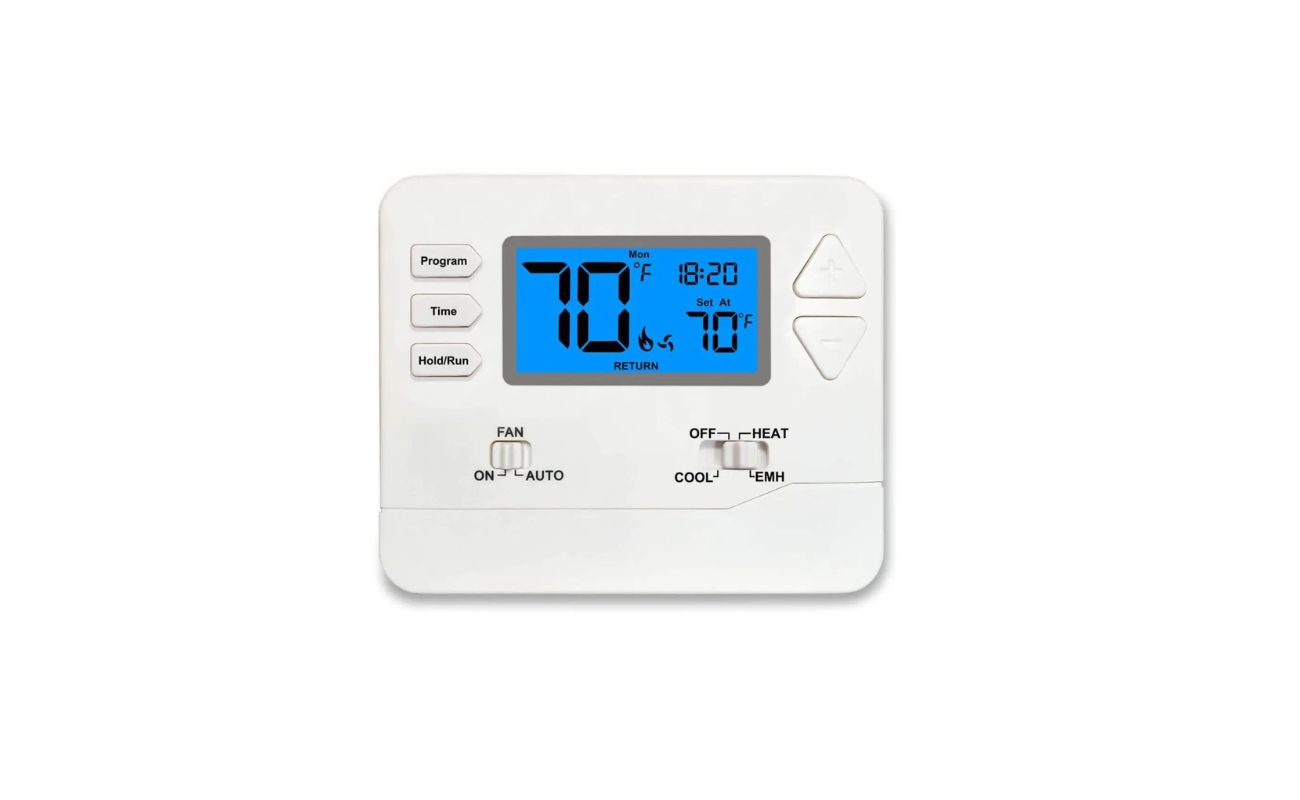
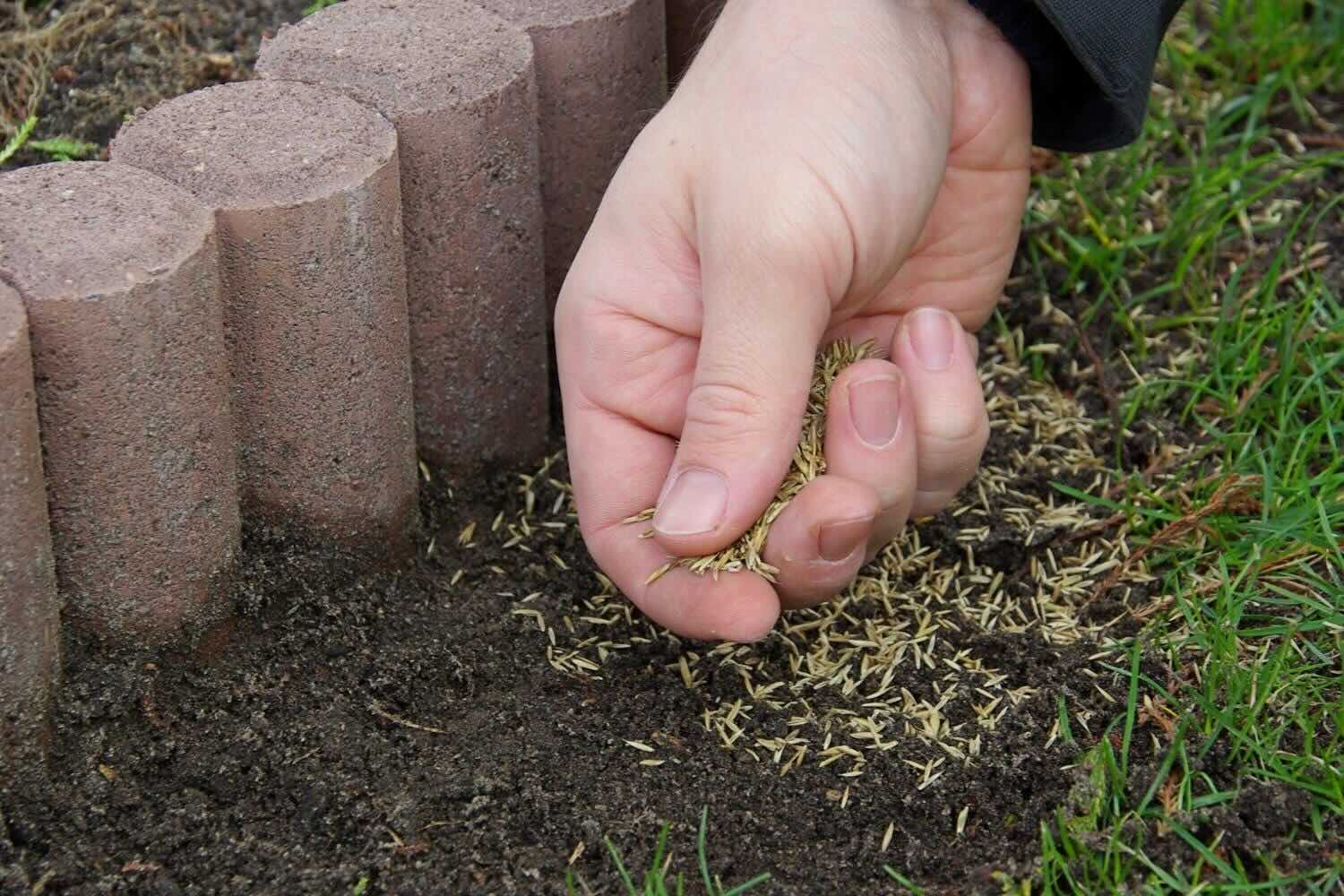
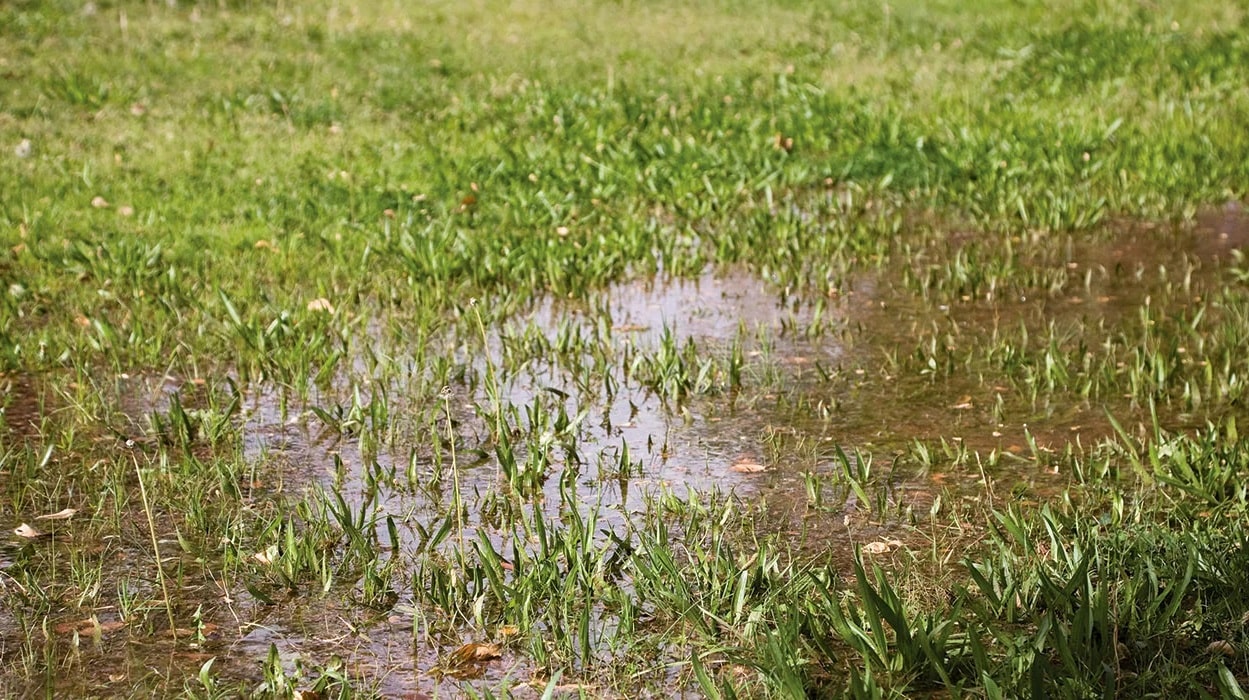
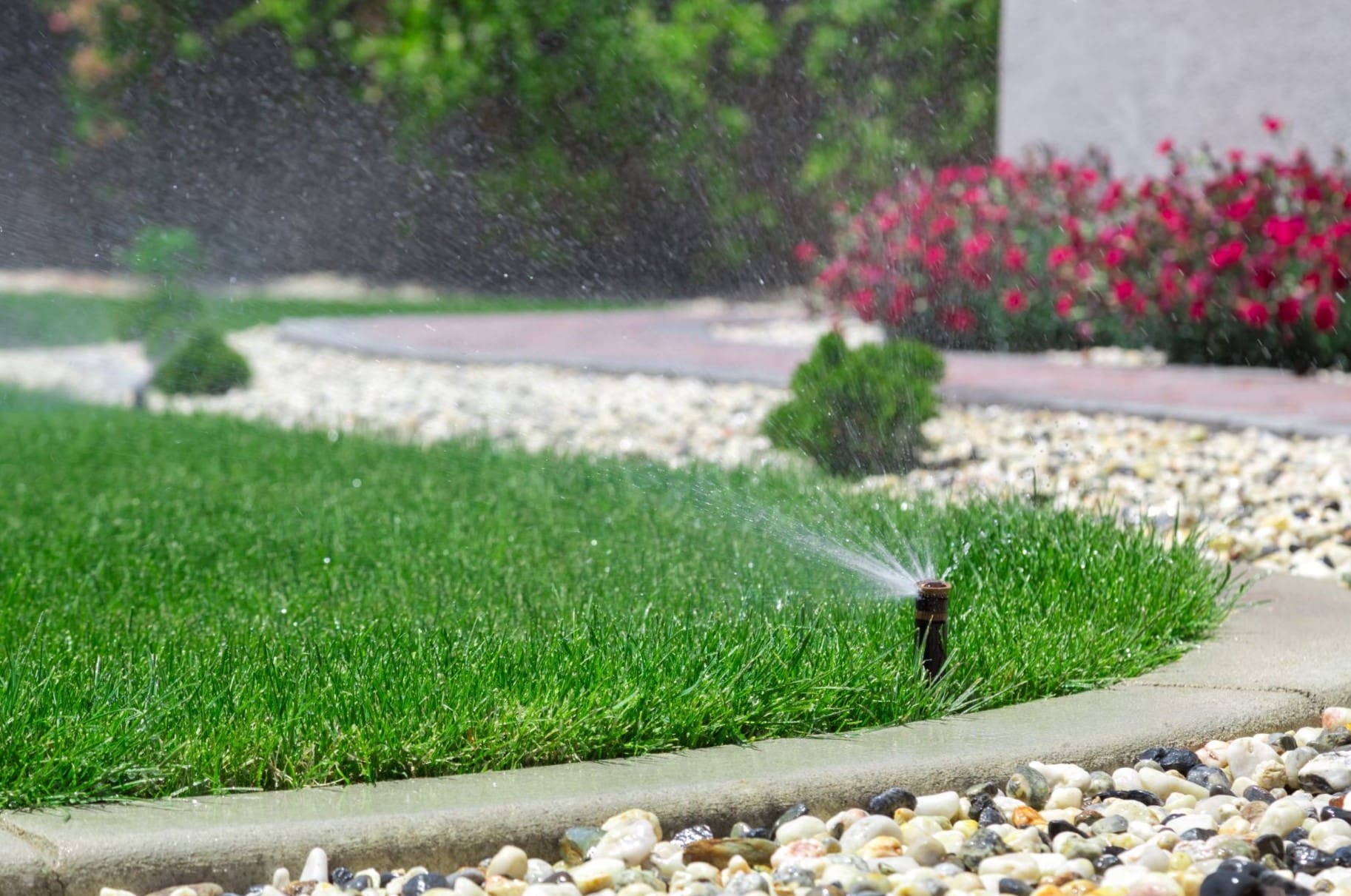
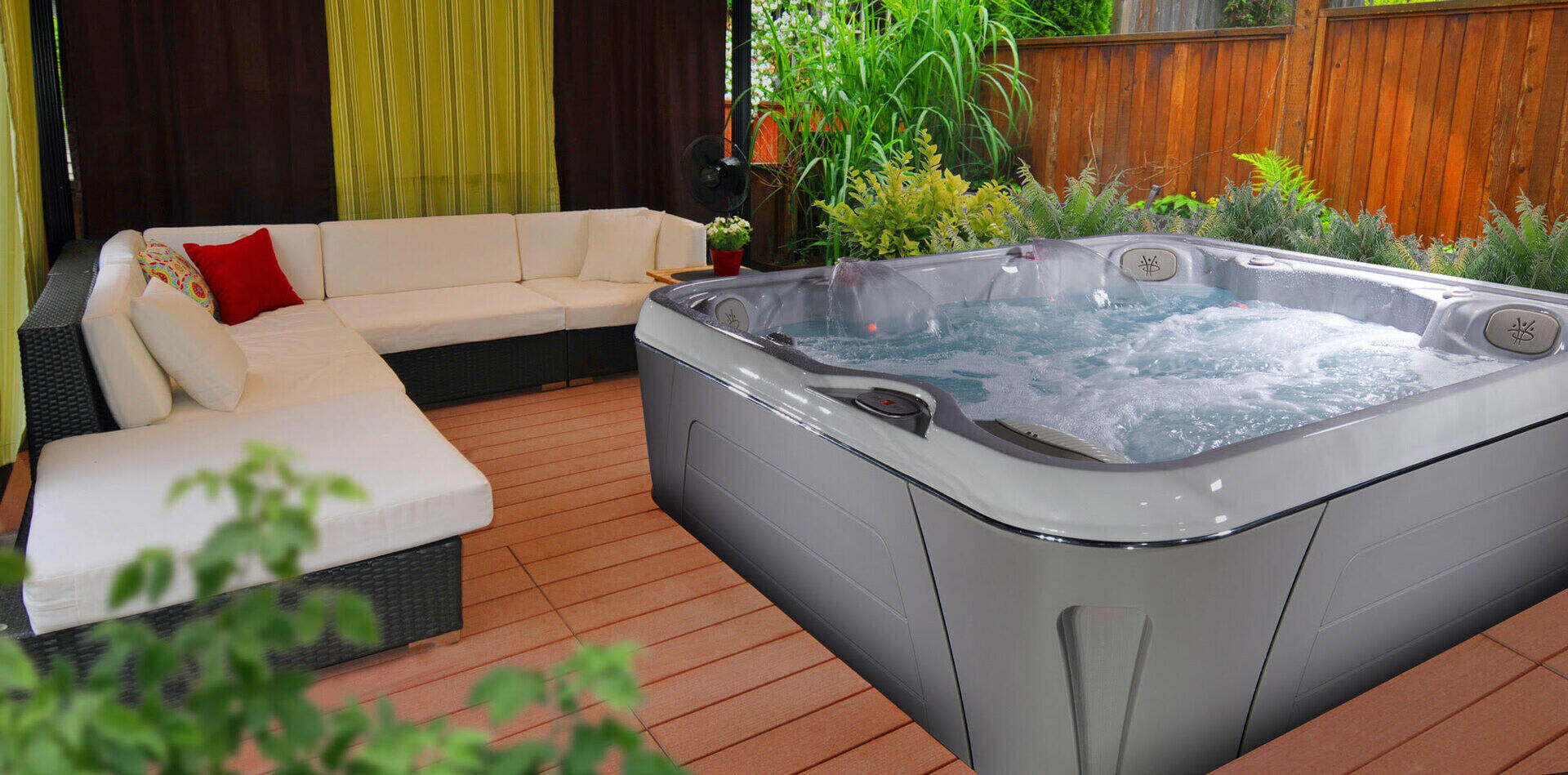
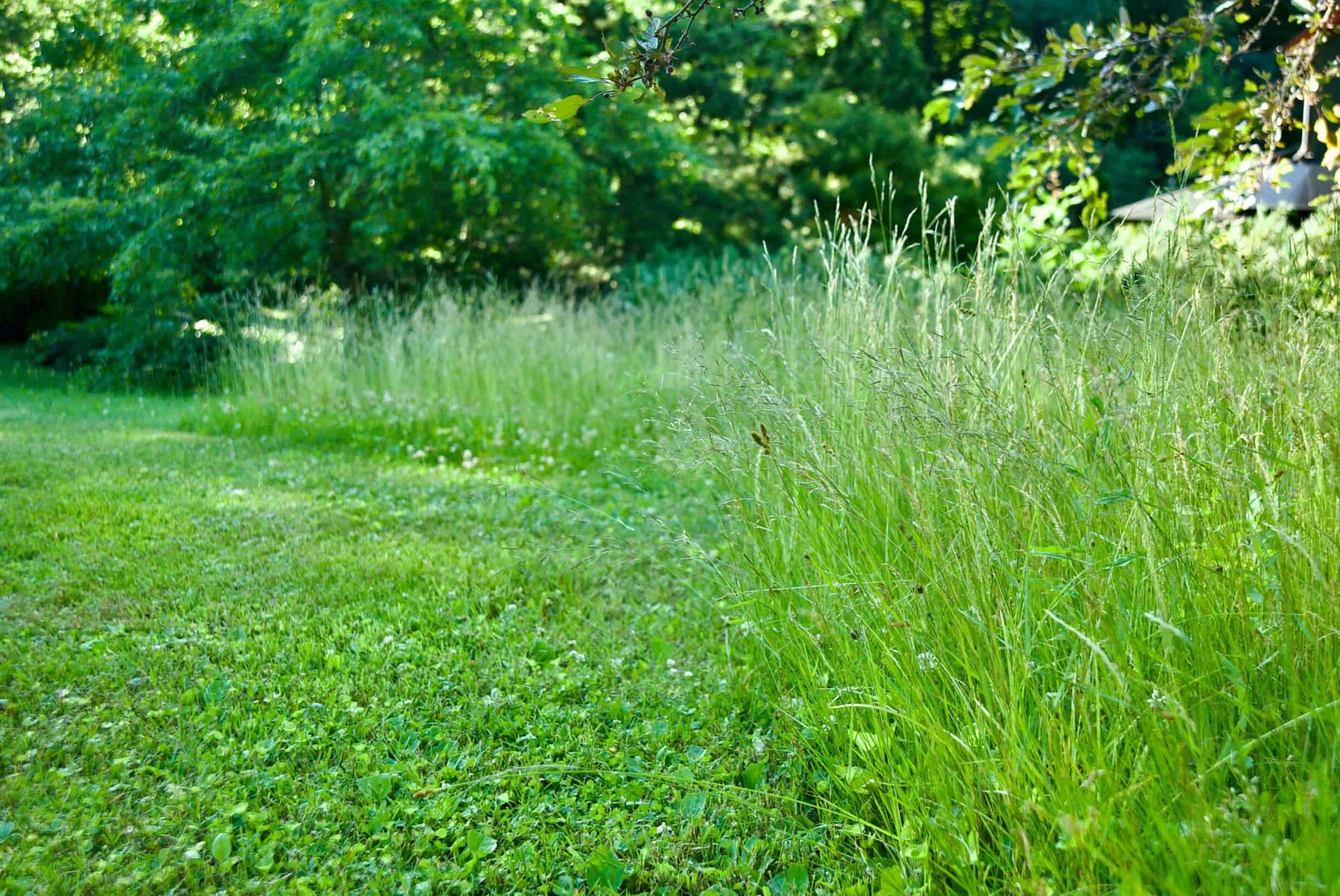
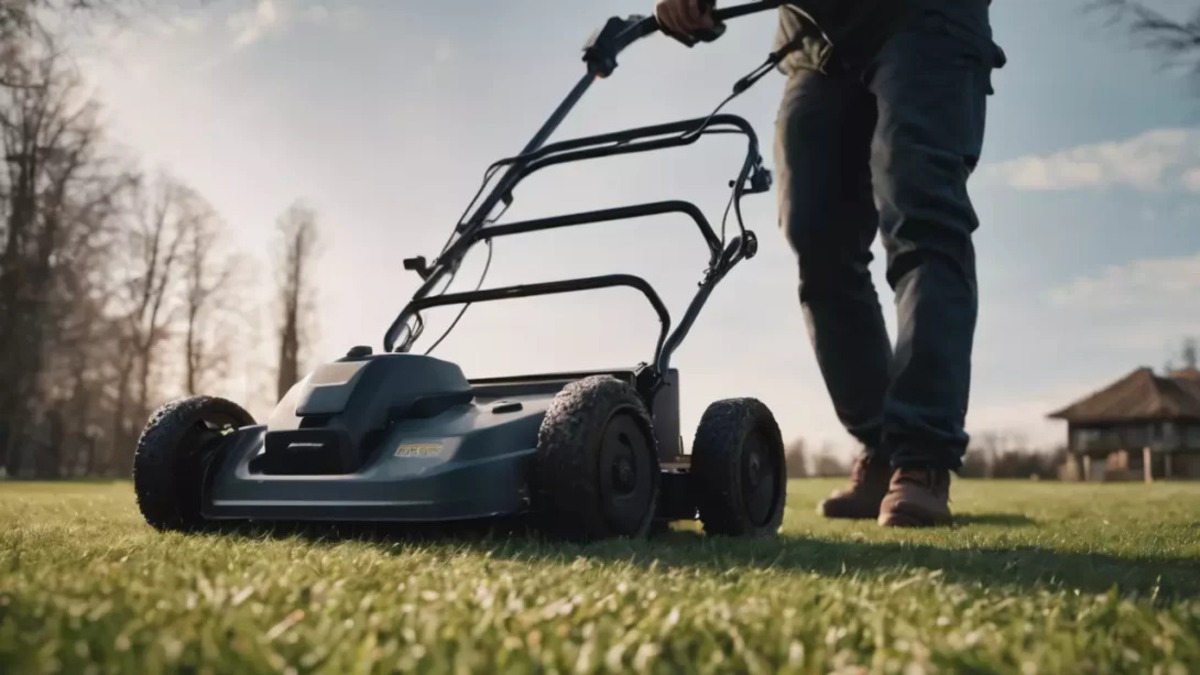


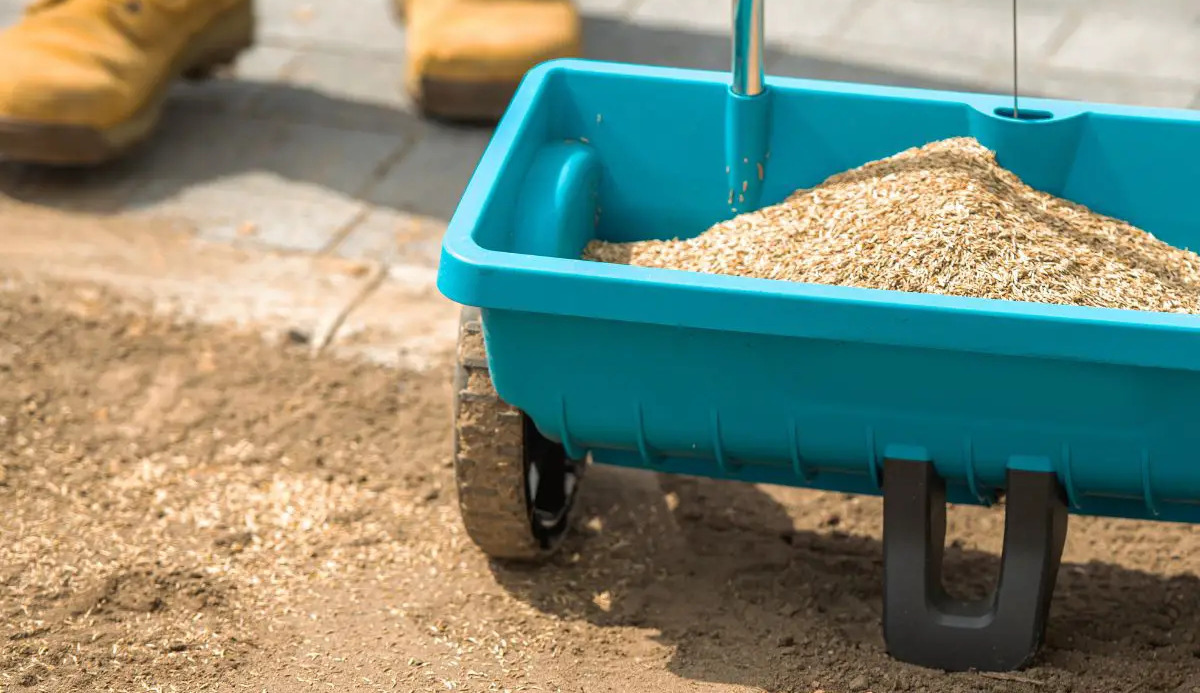

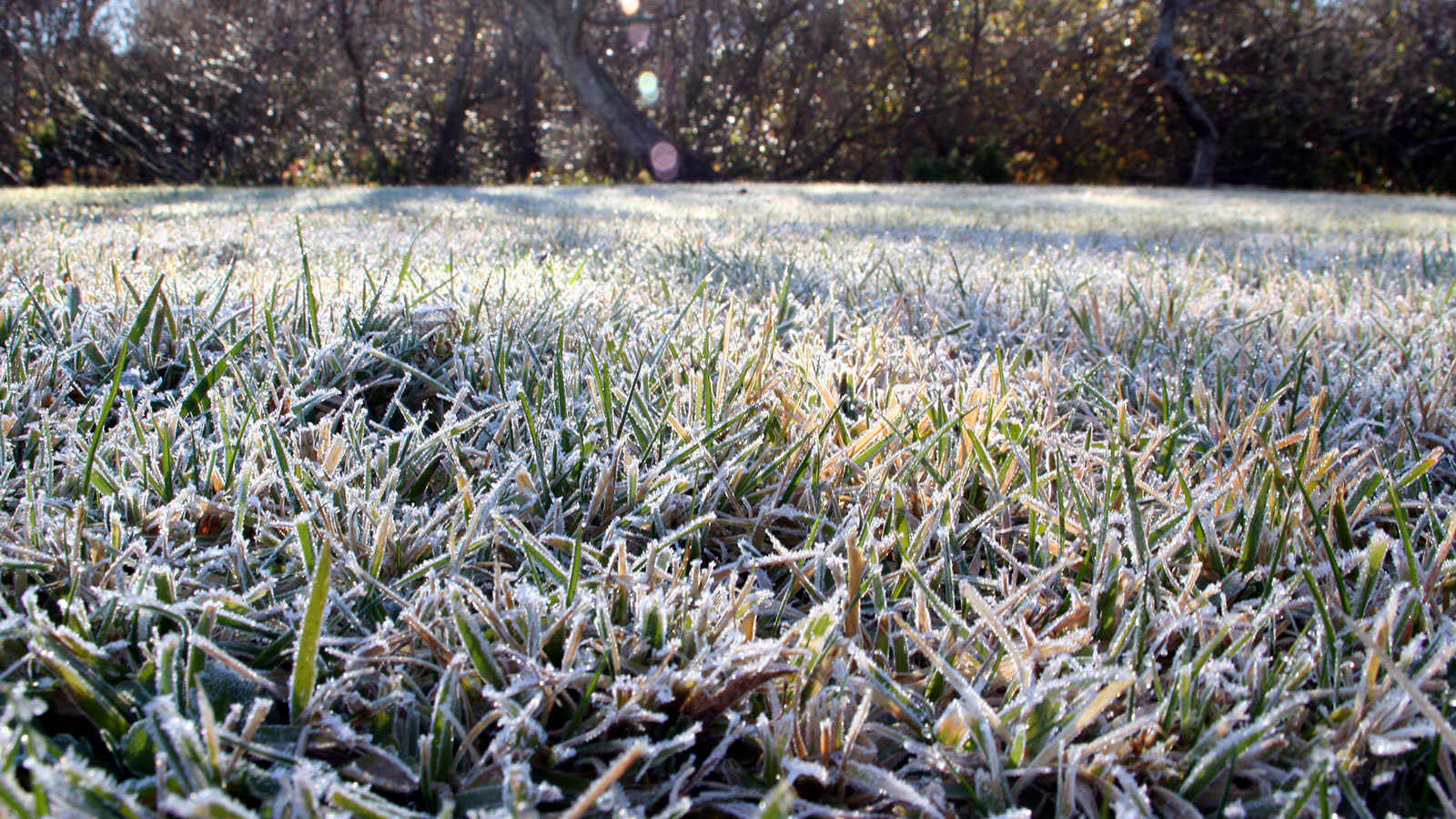
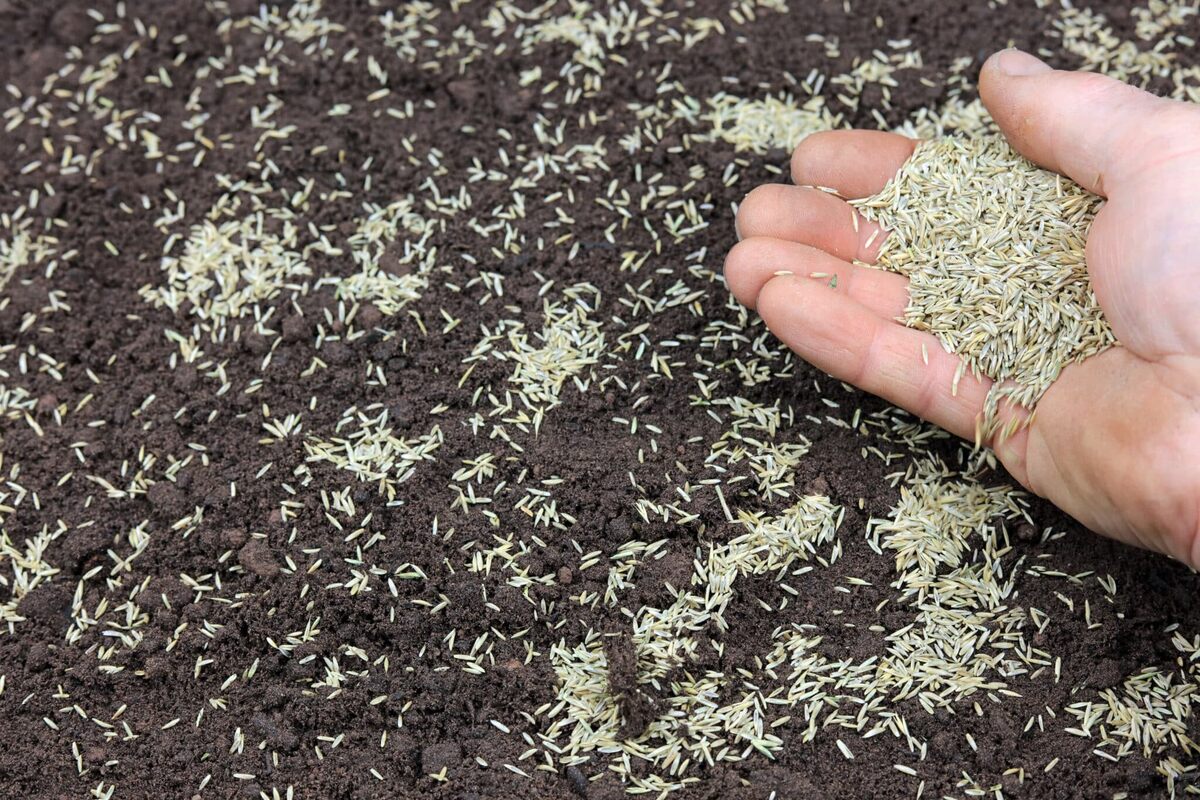

0 thoughts on “What Is Too Hot For Grass Seed”